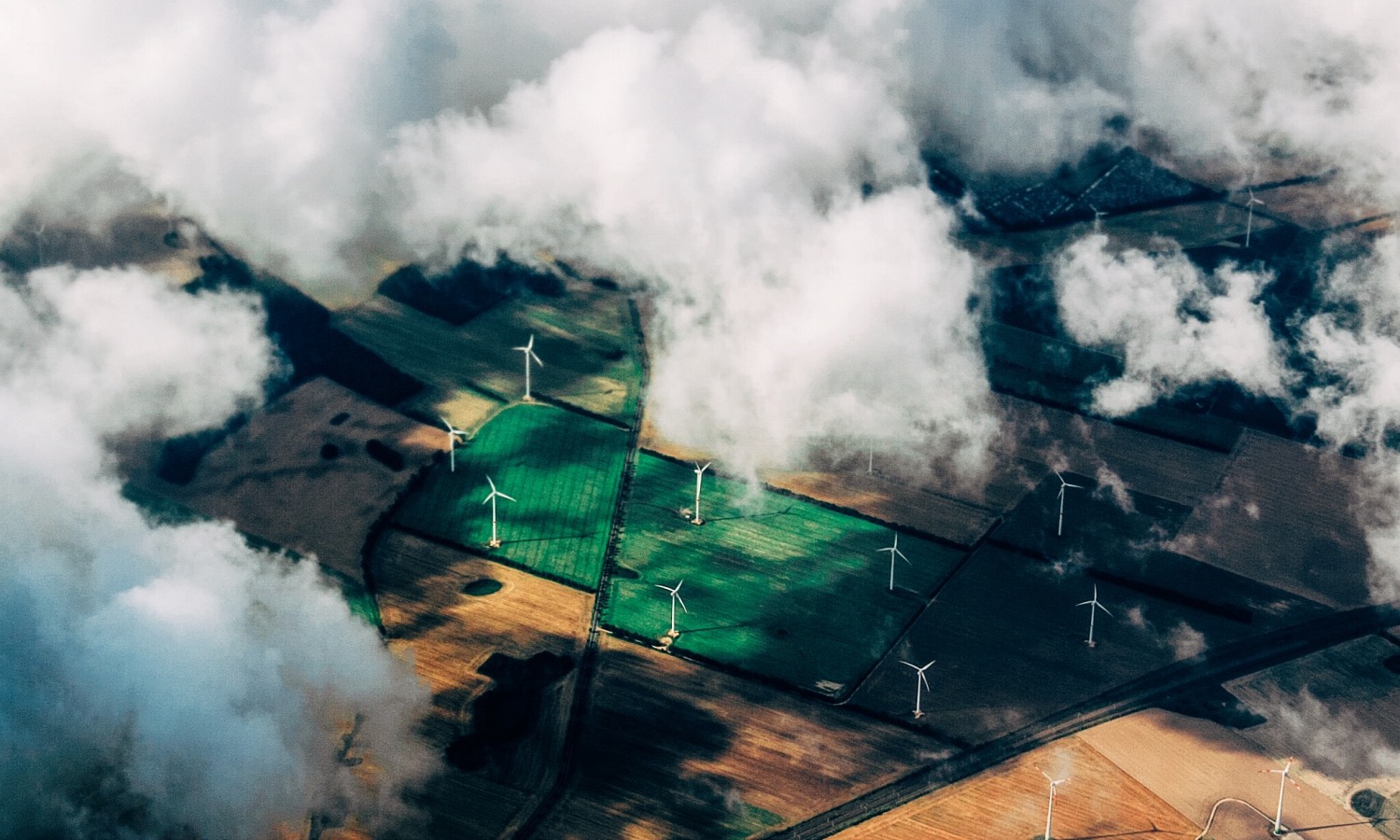Conor Skehan from Independent.ie (June 10, 2023)
The fine weather of recent weeks is starting to worry the farming community. Seen from their perspective, it marks the start of drought conditions that can play havoc with farm output and profitability.
Met Éireann has already announced that 24 out of 25 weather stations are currently observing “absolute droughts”, a period of 15 or more consecutive days with daily rainfall of less than 0.2mm. Indeed, most have already experienced between 15 and 26 days of “absolute drought”.”
Perhaps the wider community will soon share their concern, but for a very different reason. In Ireland rain droughts are almost always accompanied by long periods of little or no wind. This matters because Ireland is increasingly reliant on wind for electricity generation.
It is easy to be misled in discussions because the words “energy” and “electricity” are used interchangeably. Indeed, electricity only accounts for slightly over a fifth of Irish energy use, while the majority is almost evenly divided between heat and transport.
This detail is very important because all Irish energy policy aims to almost completely electrify heating and transport which currently account for about 80pc of all Irish energy use. Our plans currently imagine that most of this new electricity will come from wind energy.
Wind energy may be renewable, but it is not reliable.
A wind drought can disrupt electricity production. This happened between July and September 2021, when Ireland experienced well-below-average wind speeds, resulting in the load factor for Irish windfarms dropping by 15pc to 16pc.
To get an idea of the scale of the problem, last May 12 at 9.45am, Irish system demand for electricity stood at 5,123MW. Eirgrid records for that morning show that wind energy only contributed 157MW or about 3pc of the need.
For most of the last month, about 85pc of the energy for your electric car has come from a mixture of natural gas and oil with only 13.6pc of electricity from wind on average.
This type of weather happens when a stable area of air pressure over the north Atlantic called a “blocking high” keeps away our typical patterns of wet and windy weather. It can happen at any time of the year in Ireland. When this happens in summer, we notice it as a sunny summer and when it happens in winter it leads to those freezing cold, crystal-clear days.
As we increasingly electrify our economy the effects of wind droughts will become increasingly serious – especially in winter when average electricity usage is higher mainly due to extra residential demand.
A wind drought may happen for a few weeks in any specific year, but what would a “wind famine” actually look like?
Research published in 2016 by Maynooth University warned that the last 40 years have been unusual due to the absence of persistent drought events. Experience during our lifetime is not a reliable guide for predicting Ireland’s normal levels of drought.
A longer perspective shows a very different and much more worrying pattern. In the last 250 years, Ireland, has experienced at least eight major droughts – including two exceptionally long events with durations measuring months. Many of these also occurred throughout much of northern Europe.
We need to project ourselves into a future, after 2030, when the Climate Action and Low Carbon Development Act commits Ireland to a legally binding target of a 51pc cut in emissions by 2030, compared to 2018 levels.
The Government has an objective to net zero by no later than 2050. By then 80pc of electricity is planned to be generated from renewables, at the same time as electricity usage is likely to triple to increasingly power electrified transport and home heating.
Imagine a still and frosty February morning after 2030, during a three-week wind drought caused by a stalled high-pressure system out over the Atlantic. Most of north-western Europe’s wind industry would be becalmed at the same time. Where would our energy come from?
There is no possibility that sufficient large-scale energy, hydrogen or battery storage technology can be built by then (even if such large-scale technology existed today – which it doesn’t). Our gas fields will have been depleted by 2028, our interconnectors are very small, and at present we remain the only EU nation without LNG shipping facilities.
Success has many fathers, but failure is always an orphan. Every senior policymaker who is currently 60 years or older will have retired by then.
Those who will be left to deal with this mess will say, more in sorrow than anger, that this type of extreme wind shortage could not have reasonably been foreseen. They will say that the resultant suffering and economy-wrecking consequences of the lack of any alternative energy sources was the “unfortunate” consequence of a previous generation of well-intentioned people who were overtaken by unpredictable weather. How could they have known?
Some, though, will blame climate change for the lack of wind – until they are reminded about the 2016 Maynooth survey showing that this has been happening regularly over the last 250 years.
Irish energy policy is in danger of allowing itself to become excessively dependent on a single energy source that is intermittent in the short term and potentially completely absent for extended periods in the long term.
The Great Famine carries a bleak warning of what happens when a small island economy becomes too dependent on a single resource.
But it’s never too late to learn from history.
Wind Concerns is a collaboration of citizens of the Lakeland Alberta region against proposed wind turbine projects.


